نقد و بررسی
مبانی نظری و پیشینه پژوهش روابط آزاردهنده والدین با منابع 2024-2025فهرست مطالب:
- تعامل والدین و فرزند
- تعامل پدر– فرزند
- طرد-پذیرش والدین
- رویکردهای نظری به تعامل والد–فرزند
- نظریه ی روان تحلیل گری
- نظریه رفتار گرایی
- نظریه انسان گرایی
- نظریه تعامل گرایی نمادین
- رویکرد اریک اریکسون
- نظریه روانشناسی فردی
- نظریه های روانکاوی
- نظریه روانشناختی و اجتماعی
- تعارض بین والدین و فرزند
- سیب شناسی تعارضات والدین با فرزندان
- تأثیر تعارضات خانوادگی بر روابط والدین و فرزند
- منابع غیر فارسی
بخشی از محصول
مرور ادبیات مربوطه به روان شناسی و آسیب شناسی نشان می دهد که موضوع تعامل مادر– فرزند از عمده ترین زمینه های مطالعه است. در این خصوص پژوهشگران به یافته های ارزشمندی دست یافته اند که در اینجا به پاره ای از آن ها اشاره می شود: از آنجا که مادر نخستین مراقب کودک است و مراحل اولیه رشد تاثیر قطعی بر شخصیت انسان دارد و چون بسیاری از مشکلات روان شناختی ریشه در این تعامل دارند تعامل بین مادر و فرزند مورد توجه خاصی بوده است. وقتی ازتعامل سخن می گویم منظور رابطه متقابلی است که بین والدین و فرزندان وجود دارد و اینکه آنها بر یکدیگر اثر می گذارند. با مرور ادبیات رشد و تربیت کودک، معلوم می شود که سالیان مدید مردم و حتی صاحب نظران بر آن بودند که کودک موجود منفعل است و تاثیری بر والدین و اطرافیان خود ندارد. ولی بعدها، یعنی در عصر حاضر، معلوم شد که نه تنها این طور نیست بلکه از همان روزها و هفته های نخست کودک بسیار فعال، پویا و اثر گذار است(چنگ ، 2025).
Non-Persian References
- Baker A. J. L., Murray C., Adkins K. (2020). Parameters of reunification therapy and predictors of treatment success in high conflict divorce cases: A survey of mental health professionals. Journal of Divorce and Remarriage, 61(8), 593–614. https://doi.org/10.1080/10502556.2020.1824206.
- Cabanatuan, D., and Ahmad, C. (2022). Permissive parenting style and maladaptive behavioral tendencies among junior high school students of Notre dame of Tacurong College, Mindanao, Philippines. ASEAN Journal of Science and Engineering Education, 2(1), 87-96.
- Chang,H(2025). Lessons learned from victimised adults in Taiwan: what does it mean to repair parent–child relationships? Wiley Online Library,(46)1, https://doi.org/10.1002/anzf.1604.
- Kulkarni, S. (2017). Cross-cultural differences in child-rearing beliefs and practices: Implications for immigrant and nonimmigrant families. Journal of Child and Family Studies, 26(5), 1379-1393.
- Chen G., Nicotra E., Haviv N., Toys S. (2021). Parent-to-child violence: Does gender matter in sentencing decisions? Crime & Delinquency, 68(9), 1604–1626. https://doi.org/10.1177/00111287211057863
- Cotter A., Proctor K. B., Brestan-Knight E. (2018). Assessing child physical abuse: An examination of the factor structure and validity of the Parent-Child Conflict Tactics Scale (CTSPC). Children and Youth Services Review, 88, 467–475. https://doi.org/10.1016/j.childyouth.2018.03.044
- Hidayat, J. K. Azhar, and S. A. D. Hikmah, “Social Worker Intervention with Parents in Preventing Violent Behavior Towards Children,” Jurnal Penelitian dan Pengabdian Kepada Masyarakat (JPPM), vol. 3, no. 2, 2022. DOI: https://doi.org/10.24198/jppm.v3i2.40211
- Halim, A. I. Aritonang, and M. Wahjudianata, “Representation of Parental Roles in the Web Series ‘Little Mom’,” Jurnal e-Komunikasi, vol. 10, no. 2, 2022.
- Kobulsky J. M., Wildfeuer R., Yoon S., Cage J. (2021). Distinguishing characteristics and disparities in child protective services-investigated maltreatment by fathers. Child Maltreatment, 26(2), 182–194. https://doi.org/10.1177/1077559520950828
- Leone C., Hawkins L. B., Bright M. (2018). Minimizing mistreatment by female adults: The influence of gender-based social categories and personality differences on attitudes about child sexual abuse. The Journal of Psychology: Interdisciplinary and Applied, 153(4), 361–382. https://doi.org/10.1080/00223980.2018.1541439
- Lev.S, Schindler.M, Waksman.Y(2024). Social Workers’ Perceptions of the Effect of Interpersonal Factors on Older Adults’ Decision to Remain in Abusive Relationships, The British Journal of Social Work, (54) 2.
- Lui Z. J., Tan J. C. G., Koh C. W., Liu D., Elliott J. M., Fu C. S. L., Teo C. E. S. (2022). Perceptions of child maltreatment among professionals and the public in Singapore. Journal of Interpersonal Violence, 37(3–4), 1540–1565. https://doi.org/10.1177/0886260520921872
- Luo Y, Li HCW, Xia W, Cheung AT, Ho LLK, Chung JOK. The lived experience of resilience in parents of children with cancer: a phenomenological study. Front Pediatr. 2022;10:871435. doi:10.3389/fped.2022.871435
- Maher R. (2021). “The most disquieting of crimes”- an analysis of the killings of infants and the respective treatment of female and male offenders of this crime. The Dublin University Journal of Criminology, 1, 33–52. https://dujournalofcrimino.wixsite.com/dujc/past-volumes
- Nyoman, Ni, Ari Indra, and Fransiska Rismawati Hugo. “Gambaran Toxic Parents Yang Diterima Individu Dewasa Awal” 4 (2021).
- Park J. (2020). Offender characteristics and behaviors in NonSexual child maltreatment. Journal of Forensic Sciences, 65(3), 860–864. https://doi.org/10.1111/1556-4029.14270
- Palma, M. C., Escucha, T. N. V., Distor, Z. B., Tuyao, B. V., Malaco, A., and Estrellan, J. (2021). Parental academic support in online and modular learners amidst pandemic: A comparative study. Indonesian Journal of Community and Special Needs Education, 1(1), 31-36.
- Rodriguez C. M., Pu D. F. (2022). Parents who physically abuse: Current status and future directions. In Geffner R., White J. W., Hamberger L. K., Rosenbaum A., Vaughan-Eden V., Vieth V. I. (Eds.), Handbook of interpersonal violence and abuse across the lifespan (pp. 321–342): Springer. https://doi.org/10.1007/978-3-319-89999-2_183.
- Smith S, Tallon M, Clark C, Jones L, Mörelius E(2022). “You never exhale fully because you’re not sure what’s next”: parents’ experiences of stress caring for children with chronic conditions. Front Pediatr10:902655.
- Rianti, and Ahmad Dahlan(2022). “Karakteristik Toxic Parenting Anak Dalam Keluarga.” DIAJAR: Jurnal Pendidikan dan Pembelajaran 1, no. 2
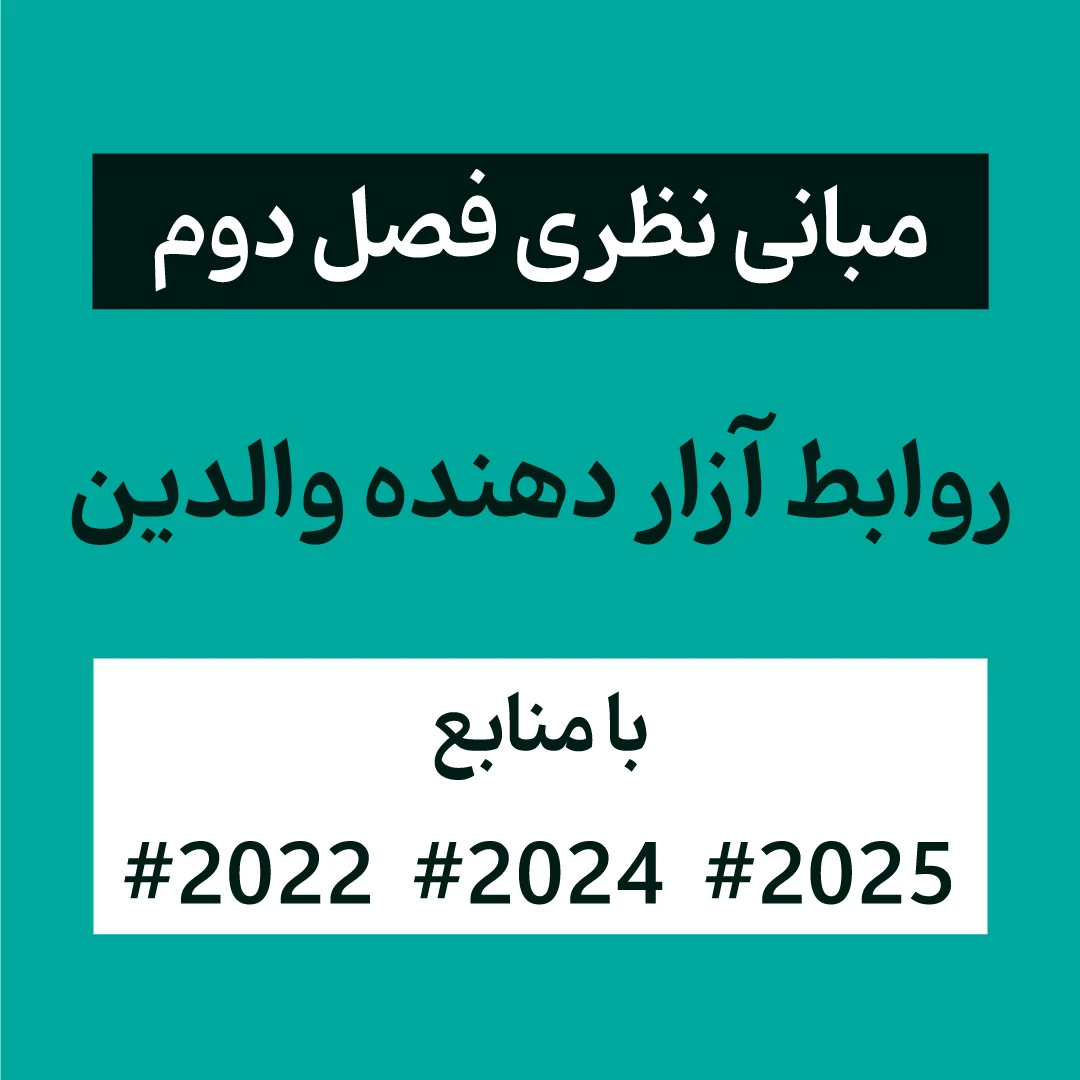
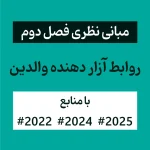

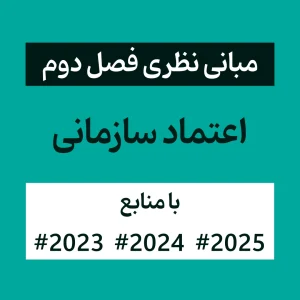

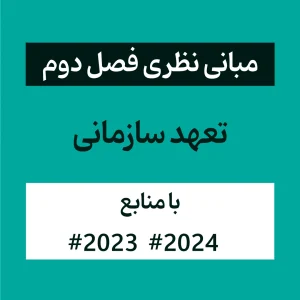
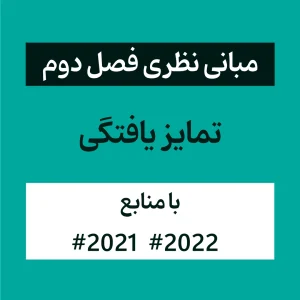

0دیدگاه